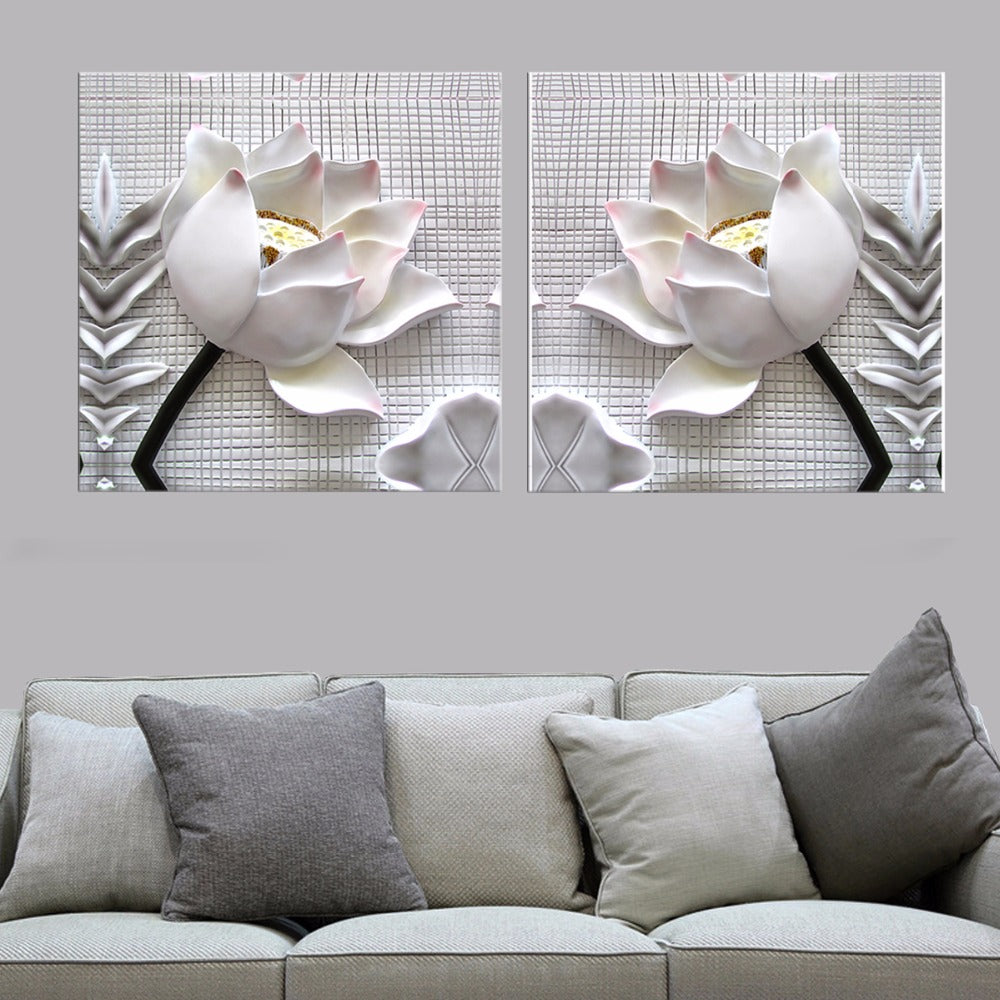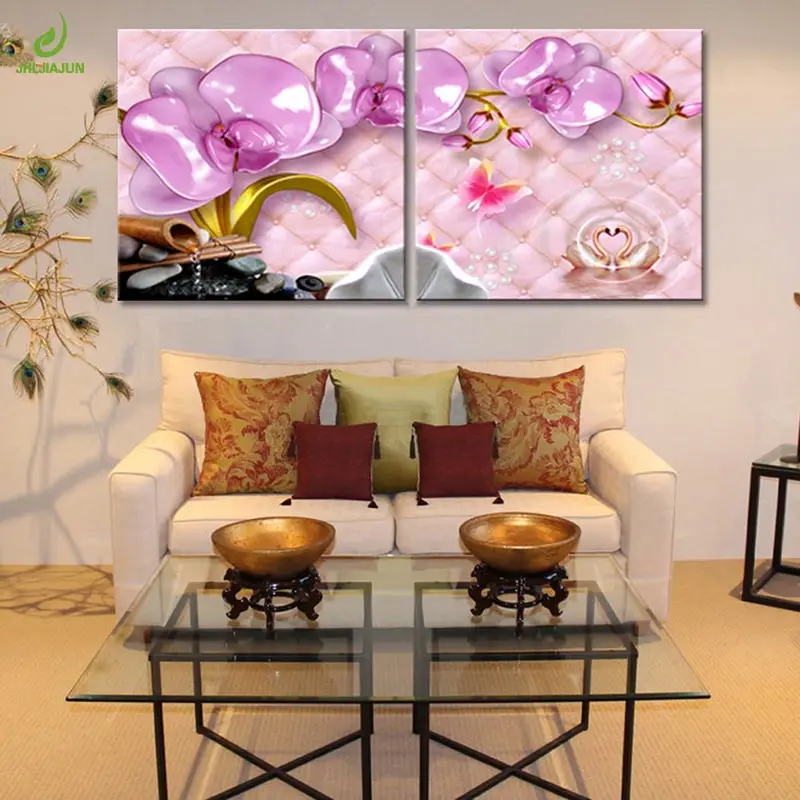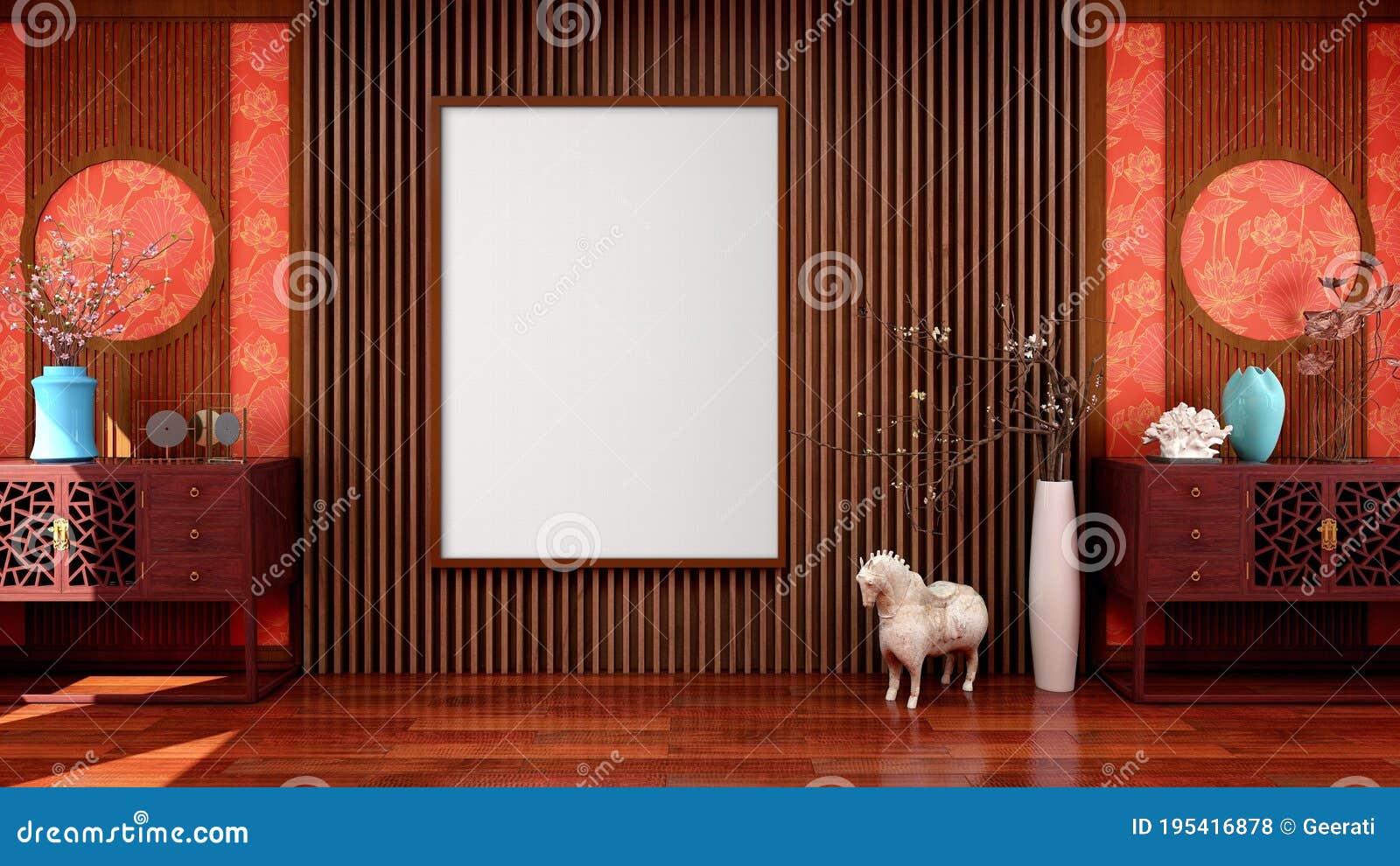
When you select PayPal as the payment method, you will be linked to the PayPal site where you can make payment. World Space is very useful when dealing with UI elements that are part of the game itself, and not simply for the player.PayPal is a safer, easier way to send and receive money online. In World Space, UI elements are treated simply as another gameObject in the scene instead of having priority rendering on top. This mode is quite different from the other two. Developers don't usually use this option, as they find Overlay to be of better use because of its ability to auto-scale UI elements. As such, changing properties in the camera like its shape, size, area of coverage or resolution will change the way the UI looks on the screen. This is quite similar to how the Overlay mode works, but in this mode, we specify a camera which renders our UI. It's quite useful because it automatically scales UI elements in that Canvas to the required size as per the screen's size. It's what you'll be using most of the time when you're making an HUD or any similar, static UI element. This render mode places UI elements at the top of the screen of the scene rendered. Let's explore these options further to understand them better. The three modes in Render Mode determine the way the Canvas is treated and rendered in the game. In the Canvas script, our most significant property is the Render Mode.

The second segment, the Canvas Scaler, is used to set the size and scaling of UI elements according to different screen sizes. It has properties which change where and how the Canvas is rendered on screen. The first segment in the Canvas's scripting is the Canvas itself. NOTE: We shrunk the Graphic Raycaster component because it's not as important to us as the other two for now. Let's have a look at the Canvas component. Unity 3D Canvas: Canvas Component Properties That's why all UI elements are required to be the child gameObject of the Canvas gameObject.

This Canvas component acts as the master of all UI elements on the screen. In Unity, the Canvas is also a Game Object with a Canvas component attached to it. So far, the only thing we have said about it is that it's a big rectangular space in the game. In this tutorial, we'll discuss a bit about how the Canvas works, and in the next tutorial, we'll get on with adding our own UI elements into our game. UI elements are what form Pause menus, Main menus, HUDs or Heads-Up Displays, Score counters and so on. One of the best examples of a UI element is a score counter, or a health meter etc.

These are usually persistent in their presence. What are UI elements? UI elements are simply elements in the game (and most often, on the screen) that relay useful information to the player.

The Canvas is actually an area in the game where you can draw UI elements. The Canvas in Unity isn't a big painting board on a wooden frame. RigidBody Movement: velocity and AddForce().Prefab Instantiation with preset Properties.


 0 kommentar(er)
0 kommentar(er)
